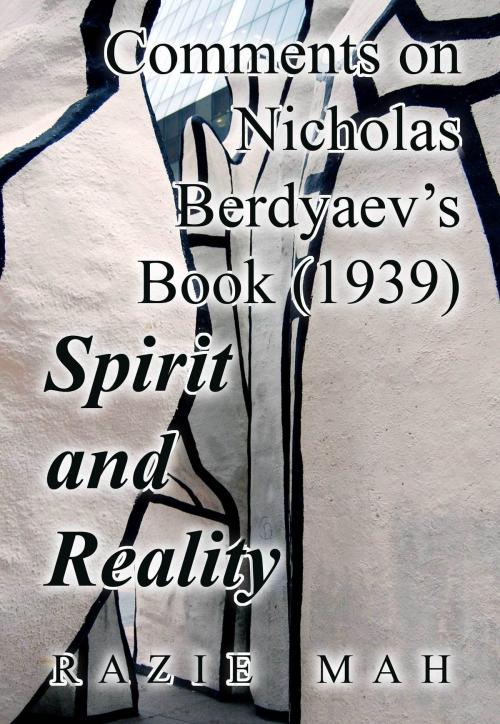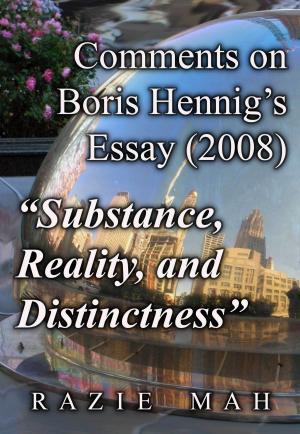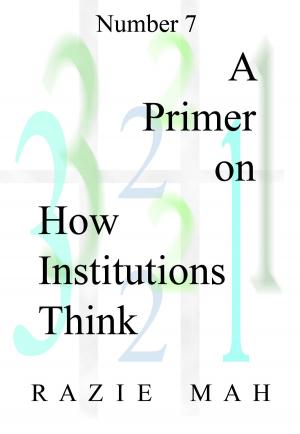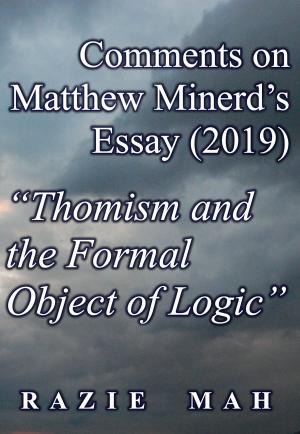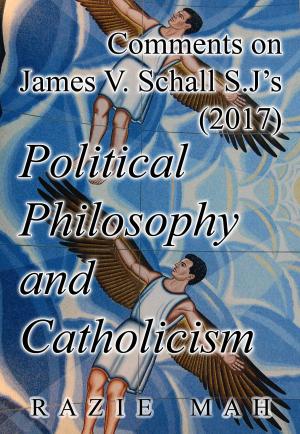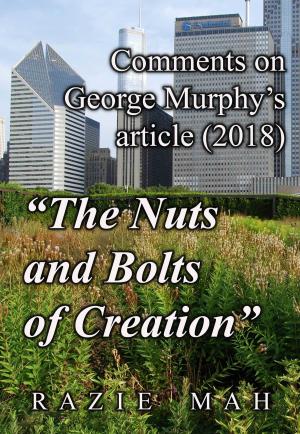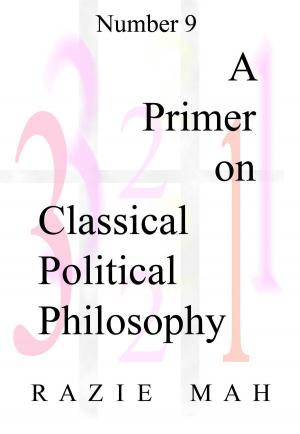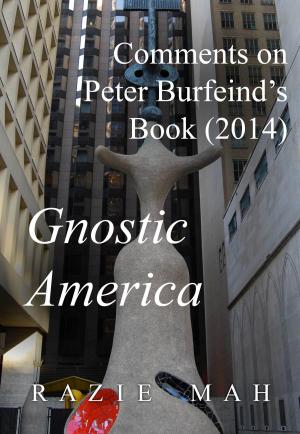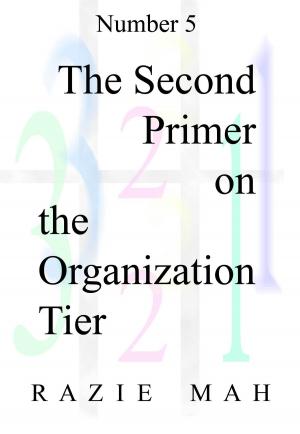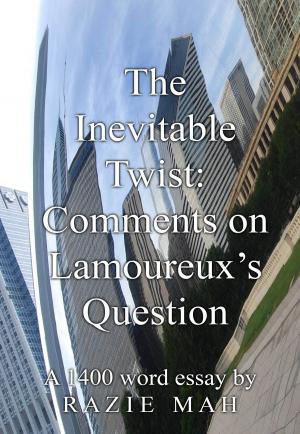Comments on Nicholas Berdyaev's Book (1939) Spirit and Reality
Nonfiction, Science & Nature, Science, Other Sciences, Philosophy & Social Aspects, Religion & Spirituality, Philosophy| Author: | Razie Mah | ISBN: | 9781942824589 |
| Publisher: | Razie Mah | Publication: | December 30, 2018 |
| Imprint: | Smashwords Edition | Language: | English |
| Author: | Razie Mah |
| ISBN: | 9781942824589 |
| Publisher: | Razie Mah |
| Publication: | December 30, 2018 |
| Imprint: | Smashwords Edition |
| Language: | English |
In Spirit and Reality (1939), Nicholas Berdyaev, an Orthodox exile from communist Russia, frequently writes the word "spirit", but rarely pens the word "reality". How should I appreciate this? Here is my guess.
In Philosophy of Nature (1935), Jacques Maritain presents an argument that allows this reader to construct diagrams of the Positivist's and the empirio-schematic judgments. The empirio-schematic judgment belongs to 'what ought to be' for the Positivist's judgment. So, a modernist poses two judgments at once, a judgment within a judgment. That is totally confounding.
In this close reading, features of Berdyaev's argument are diagrammed using models developed in the commentary on Jacques Maritain's Book (1935) Natural Philosophy.
Berdyaev places the Positivist's judgment into a new category-based nested form, polarizing the judgment until it takes the character of a dyad. Berdyaev emphasizes the character of the intellect-noumenal side. Ironically, the Vienna Circle (meeting between 1924 through 1936) celebrates the empirio-schematic judgment-phenomenal side.
What does this say about the historical moment?
Surely, between the two world wars, the nature of science is under scrutiny. Yet, inquirers lacked semiotic tools for inquiry. The tools are here. They transform Berdyaev’s argument into something both familiar and novel.
In Spirit and Reality (1939), Nicholas Berdyaev, an Orthodox exile from communist Russia, frequently writes the word "spirit", but rarely pens the word "reality". How should I appreciate this? Here is my guess.
In Philosophy of Nature (1935), Jacques Maritain presents an argument that allows this reader to construct diagrams of the Positivist's and the empirio-schematic judgments. The empirio-schematic judgment belongs to 'what ought to be' for the Positivist's judgment. So, a modernist poses two judgments at once, a judgment within a judgment. That is totally confounding.
In this close reading, features of Berdyaev's argument are diagrammed using models developed in the commentary on Jacques Maritain's Book (1935) Natural Philosophy.
Berdyaev places the Positivist's judgment into a new category-based nested form, polarizing the judgment until it takes the character of a dyad. Berdyaev emphasizes the character of the intellect-noumenal side. Ironically, the Vienna Circle (meeting between 1924 through 1936) celebrates the empirio-schematic judgment-phenomenal side.
What does this say about the historical moment?
Surely, between the two world wars, the nature of science is under scrutiny. Yet, inquirers lacked semiotic tools for inquiry. The tools are here. They transform Berdyaev’s argument into something both familiar and novel.
